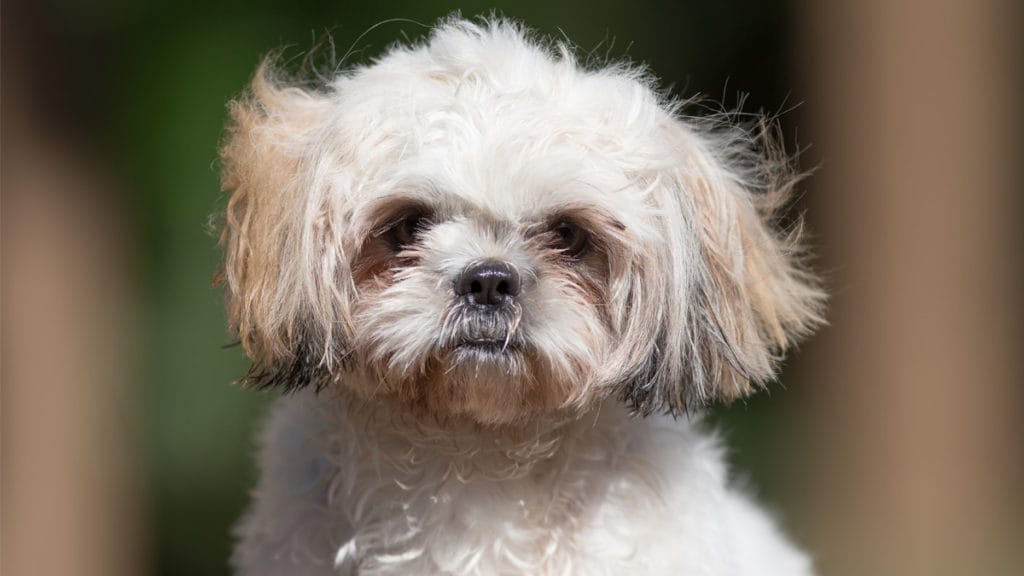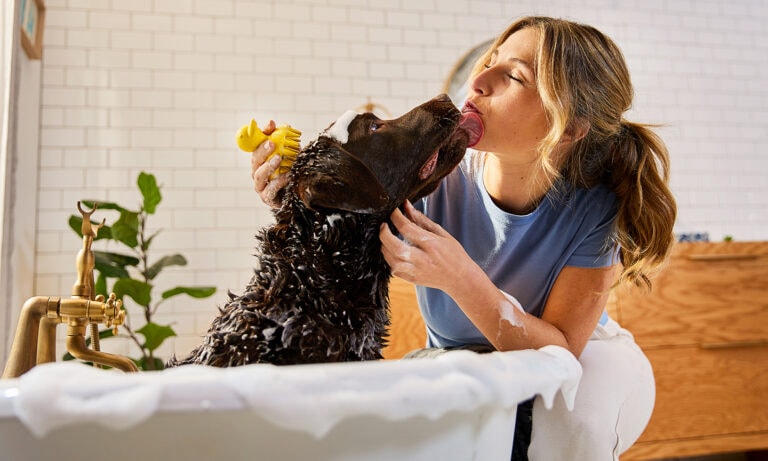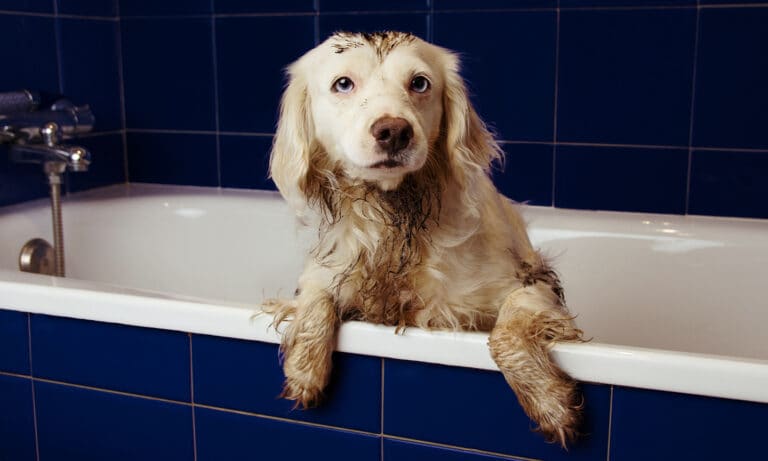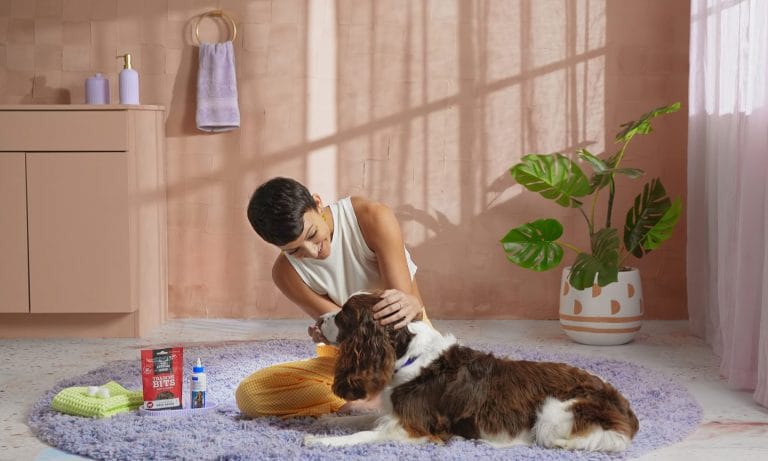Q.
I have a two-year-old Shih Tzu. I know I am not supposed to bathe him every week but he has a terrible body odor. Any suggestions? Have you heard this about the Shih Tzu? Of course he sleeps with me so if you could answer quickly I would appreciate it.
A.
No, it is not normal for your Shih Tzu to have terrible body odor. These dogs are usually clean little pets, sweet, cuddly and minimal shedders. The first thing you should do is to have your vet examine him thoroughly to see if an underlying health issue is responsible for this smelly situation.
Bad doggy odor can be the result of a skin condition like seborrhea or Cushing’s Disease, allergies, an anal gland problem, an ear or eye infection, tooth decay or periodontal disease, or some other medical cause. You need to eliminate these possibilities first.
Since he is a Shih Tzu, a toy dog bred to be a love puppy and a homebody, he probably is not foraging through the swamp or splashing through mud puddles on a daily basis so we can eliminate those activities as the cause of his offensive hygiene problem.
Just as some people sweat more than others, some dogs exude more coat oils. These oils are essential to their coats, necessary to provide luster, add protection from the elements and keep their hair from becoming dry and brittle. Sometimes a dietary change can correct this situation.
His dog food should contain both omega-6 fatty acids, derived from vegetables and plants, and omega-3 acids, derived from fish oils. Vitamin B will also improve the dog’s skin, building up a natural barrier to irritants, bacteria and other substances that make life more challenging for a dirty little dog and the pet owner who loves him in spite of his aroma.
I tend to think that all those pronouncements about the dangers of frequently bathing a dog fall into the category of old wives’ tales. If your dog is healthy and properly fed, bathing him as often as once a week will not hurt him providing you do it correctly with safe dog grooming supplies.
First of all, brush and comb him thoroughly before you plunk him into the sink or tub. Use warm — not hot — water and a high-quality dog shampoo, making sure you lather all the way to the skin and taking care not to get it into his eyes or ears. By a “high-quality” shampoo, I mean one that will not strip his coat of its essential oils and dry out his skin.
For frequently bathed dogs, I prefer a hypoallergenic product that is free of soap, detergent, fragrance and color additives. Usually these “hypo” shampoos use saponins (plant derivatives) instead of soap or detergent to get the dog clean. If you find one that contains aloe vera or another moisturizing agent such as coconut oil, jojoba, avocado, lanolin or panthenol, that’s another big plus. In the salon, we use this kind of shampoo for young puppies and ultra-sensitive pets who may be suffering from allergies from the environment, a prior flea infestation or food.
After his thorough but gentle scrub, rinse him well; any shampoo residue left in his coat will cause irritation and itching. No matter which shampoo you use, always follow it up by conditioning his coat. This will seal up the hair shaft cuticle and keep the coat and skin from becoming dried out.
Longhaired dogs like yours benefit from this moisturizing rinse to add body and prevent coat breakage. In the salon, we purchase this by the gallon, diluting it 8 to 1. If used full-strength, it can leave the coat greasy. Hair shafts that are not conditioned after the bath are more porous and more likely to pick up dirt and stains, so your smelly little bed buddy will stay cleaner and his coat will be more manageable if you condition him after each bath. Conditioning also helps prevent dry itchy skin.
Drying correctly is as important as bathing. If you need to bathe your dog at home, you may want to invest in a table-size pet dryer to help do the job. After toweling, he should be blown dry, directing the airflow at the area you are brushing. Our own handheld hair dryers can get very hot, possibly irritating the pet’s skin if we leave the airflow on one spot too long. Leaving moisture in the coat will defeat your purpose, causing snarls and possibly leading to skin problems like hot spots. Once he is dry, run a double-sided stainless steel comb through his coat, and give him a spritz of coat dressing as a finishing touch.
Many of our clients bathe their dogs at home between groomings. If you find frequent bathing is too much of a chore, I’m sure your groomer would accommodate your need for “in-between” baths at a lower price than a full grooming.
Posted By: Chewy Editorial
Featured Image: Kaiskynet Studio/Shutterstock
Share:









